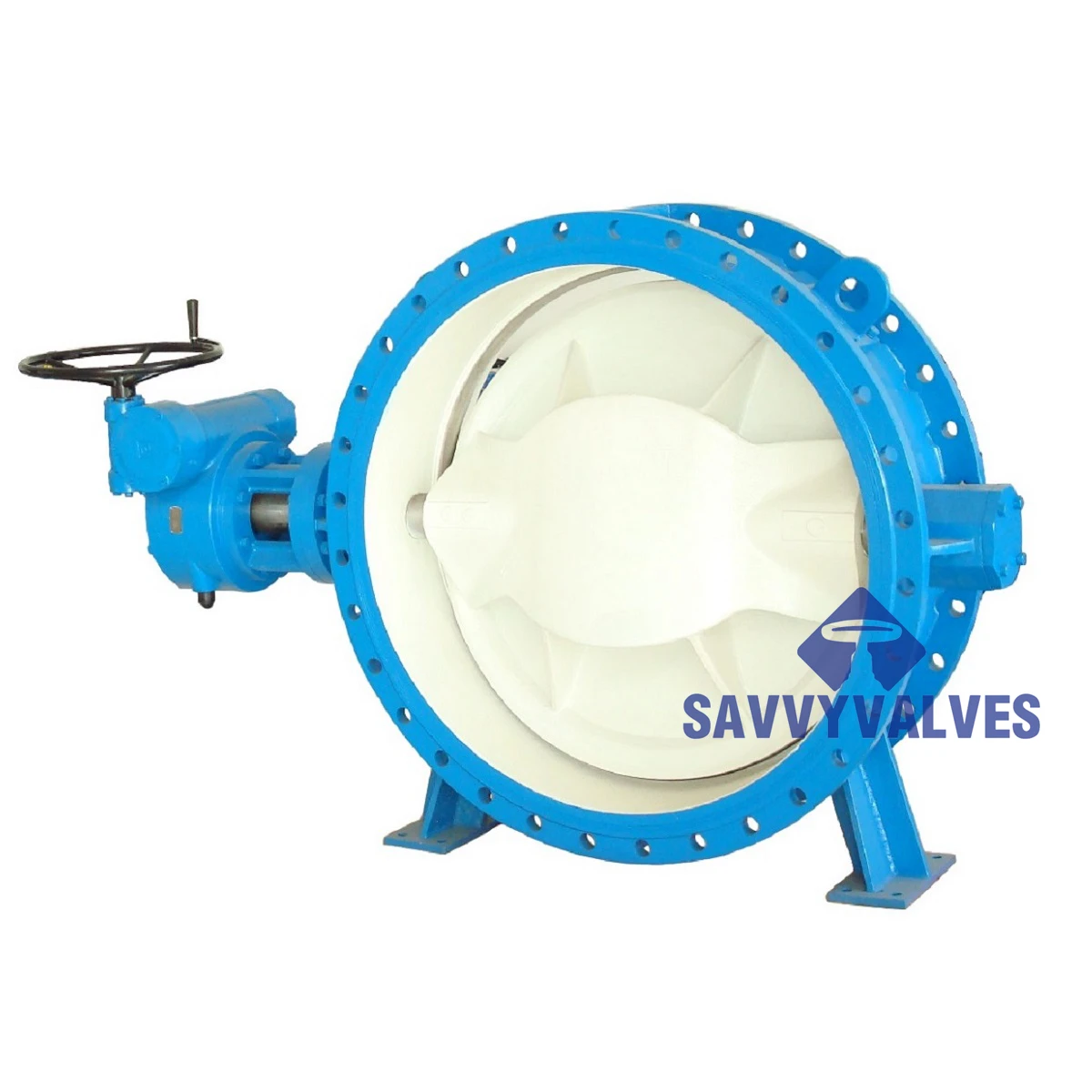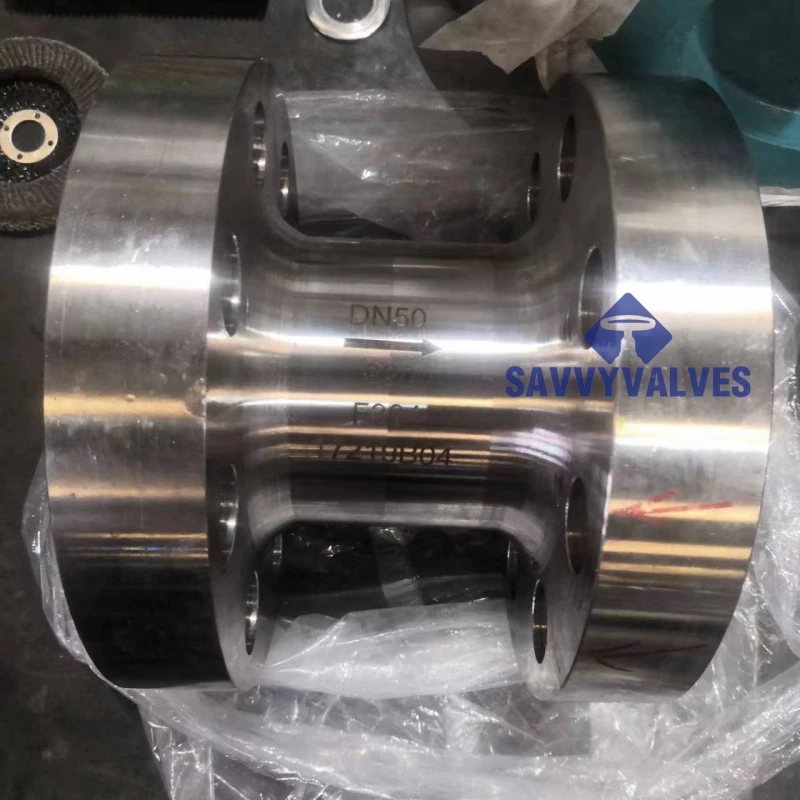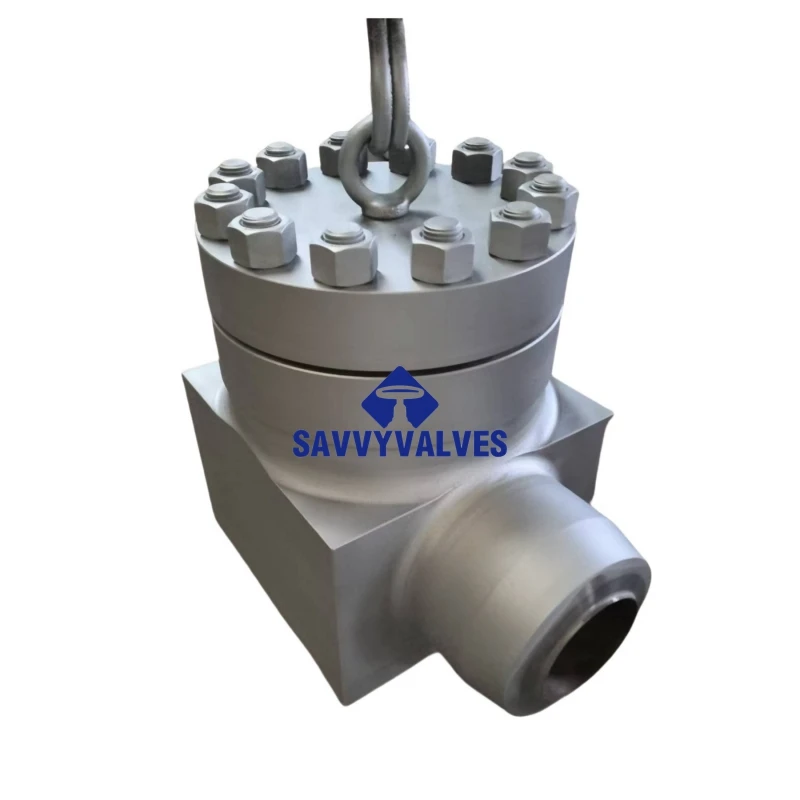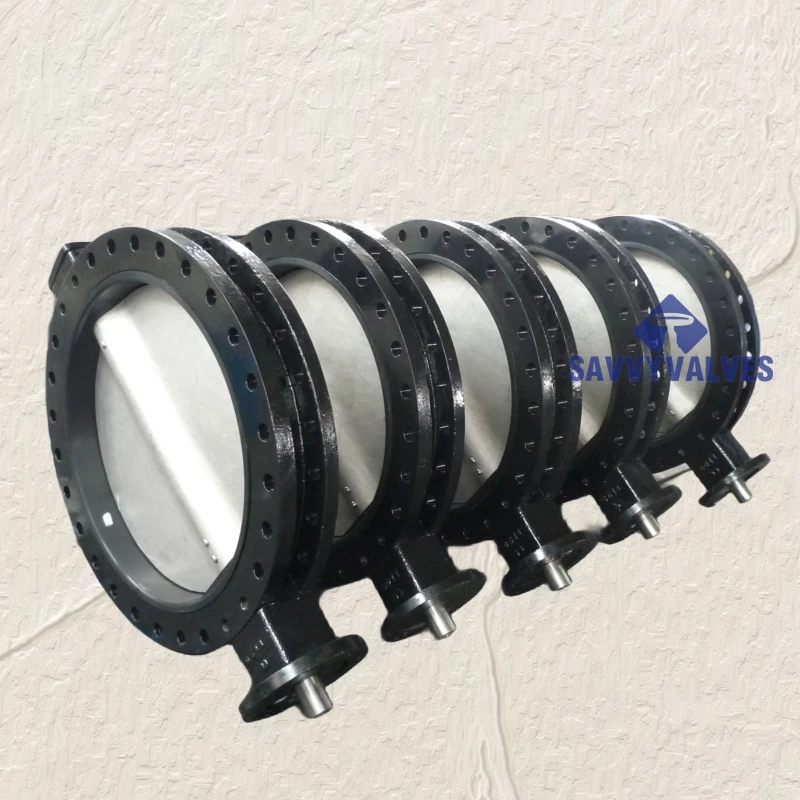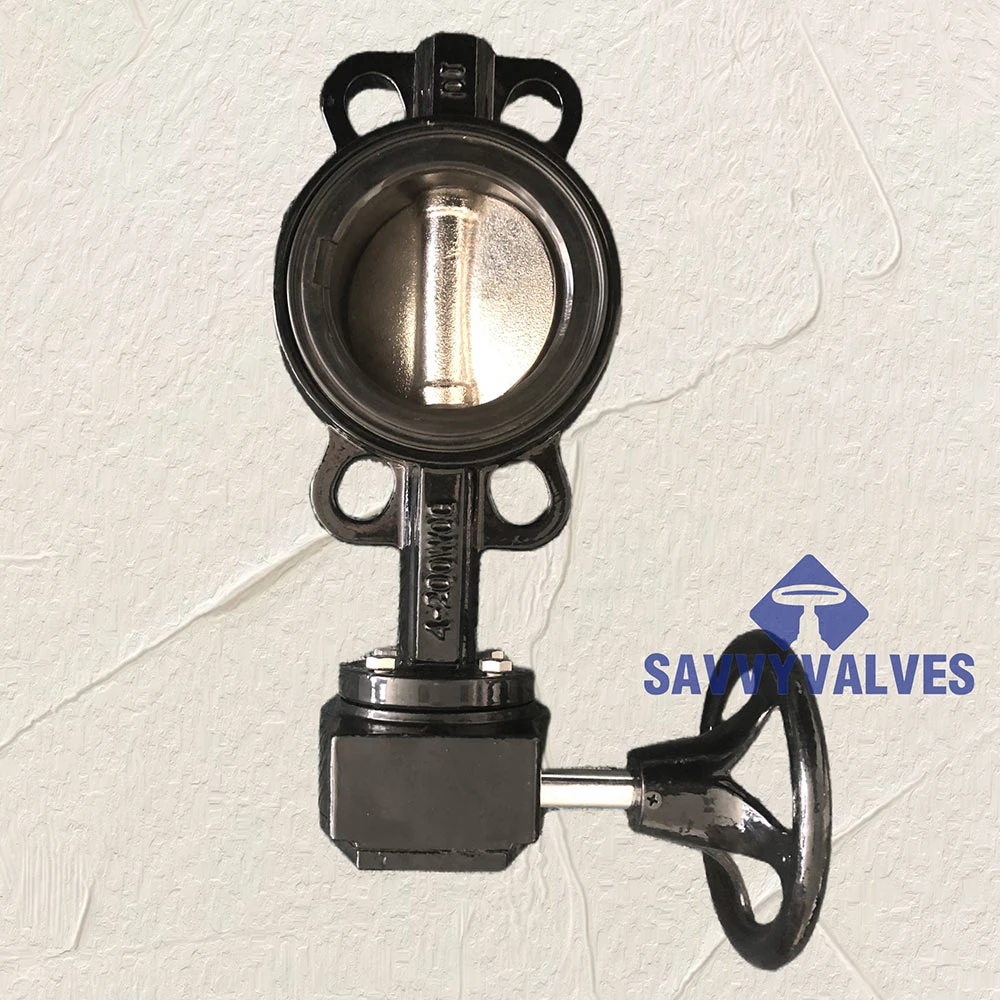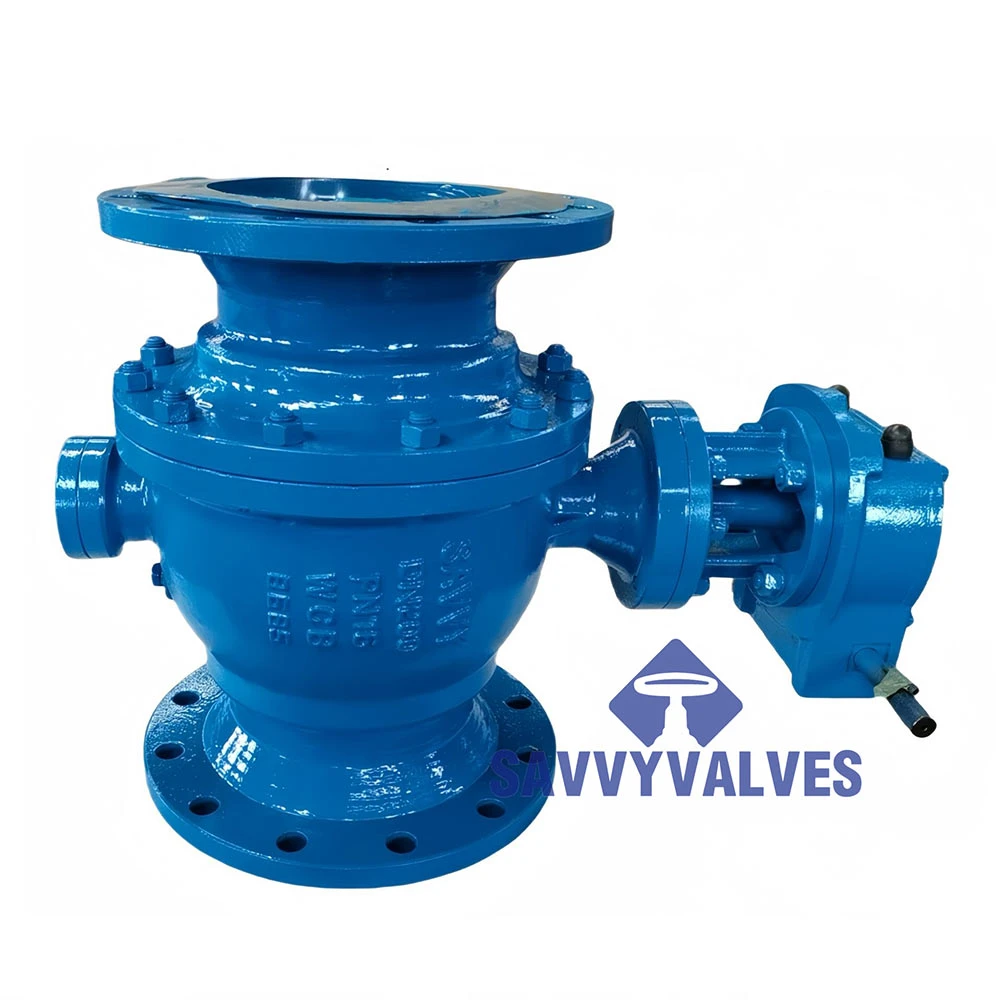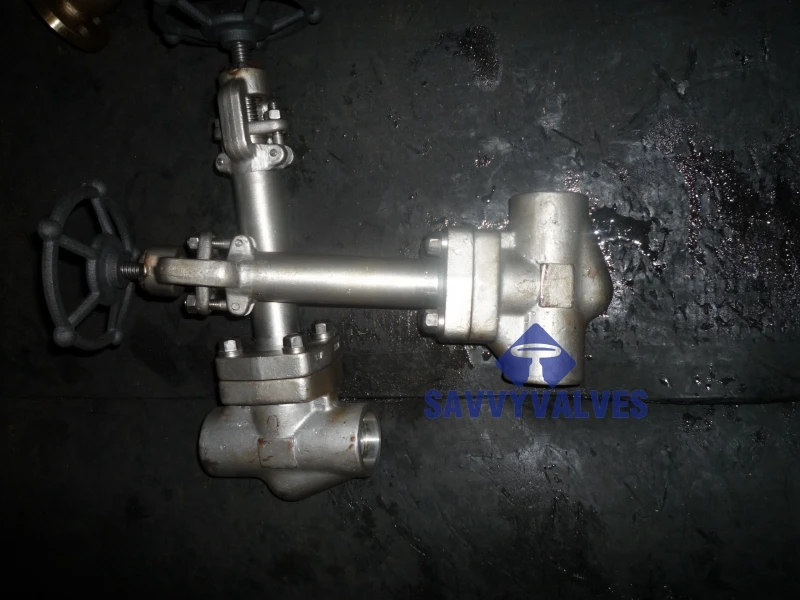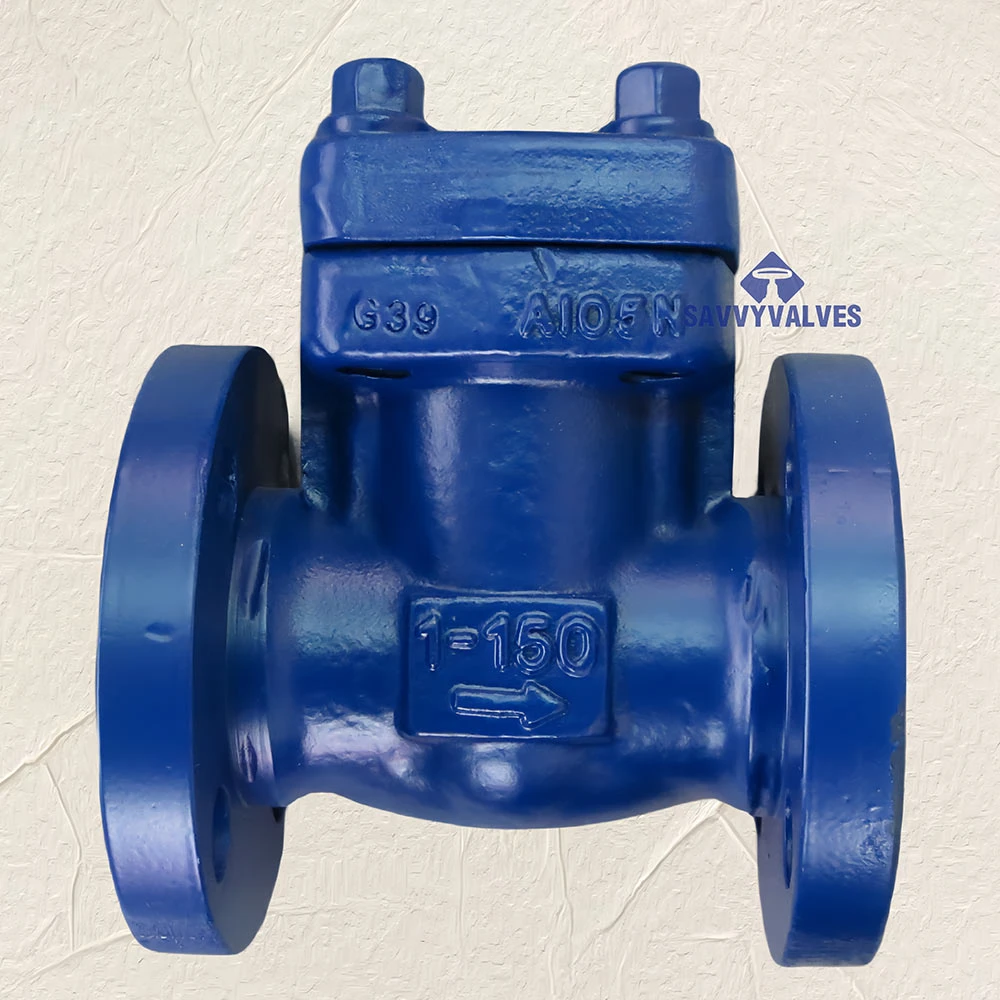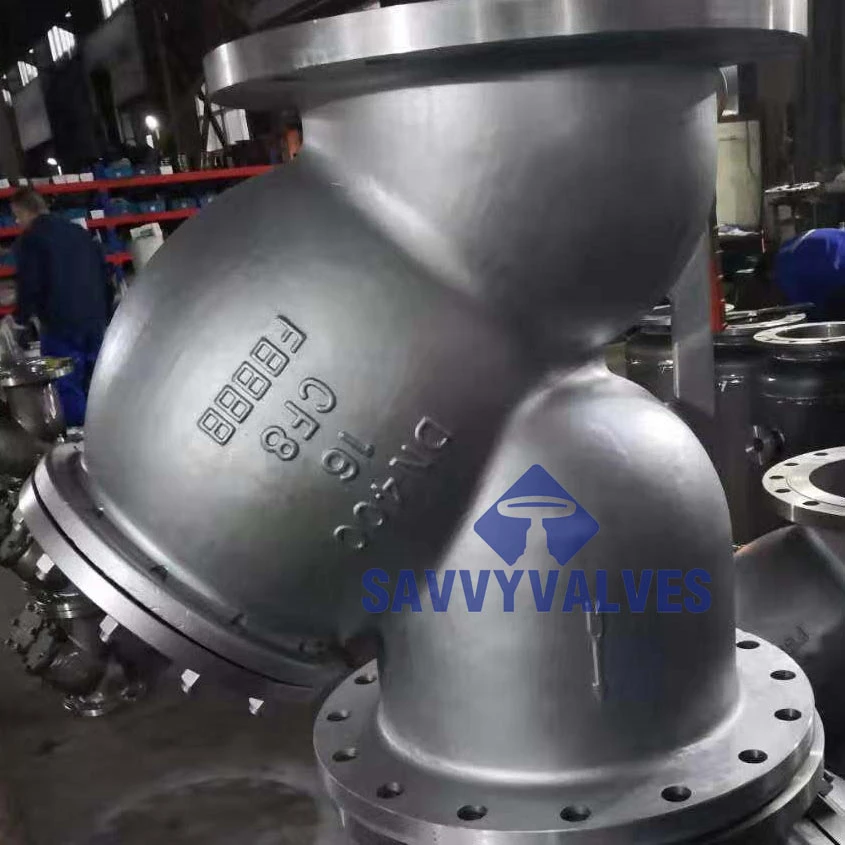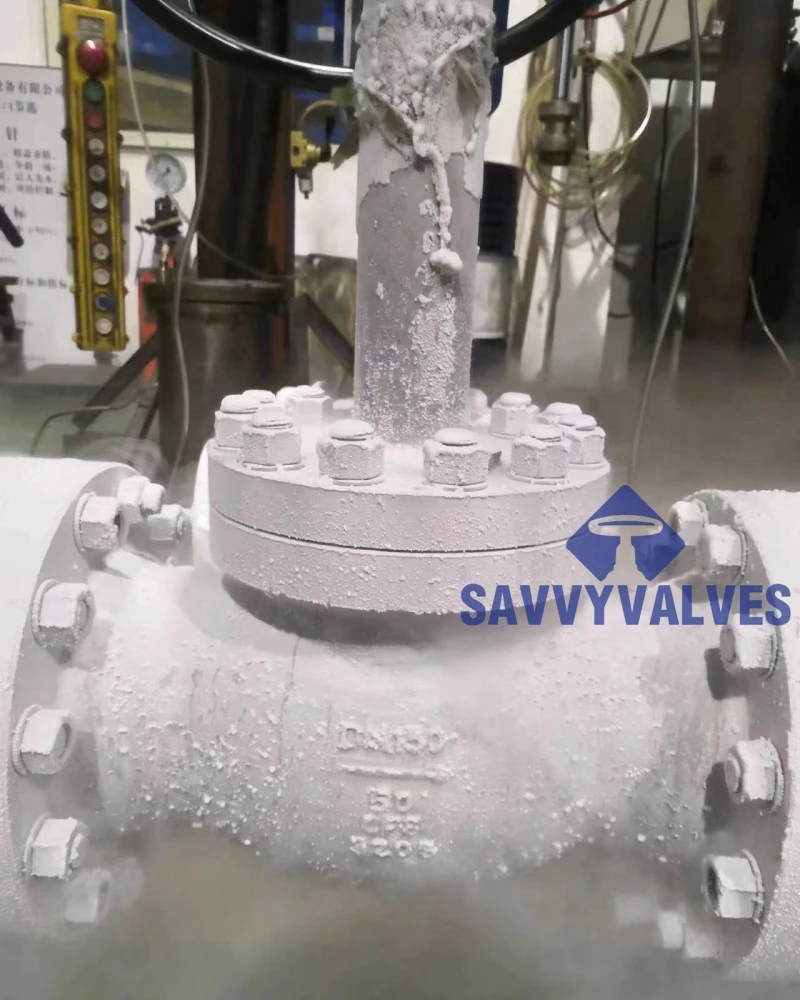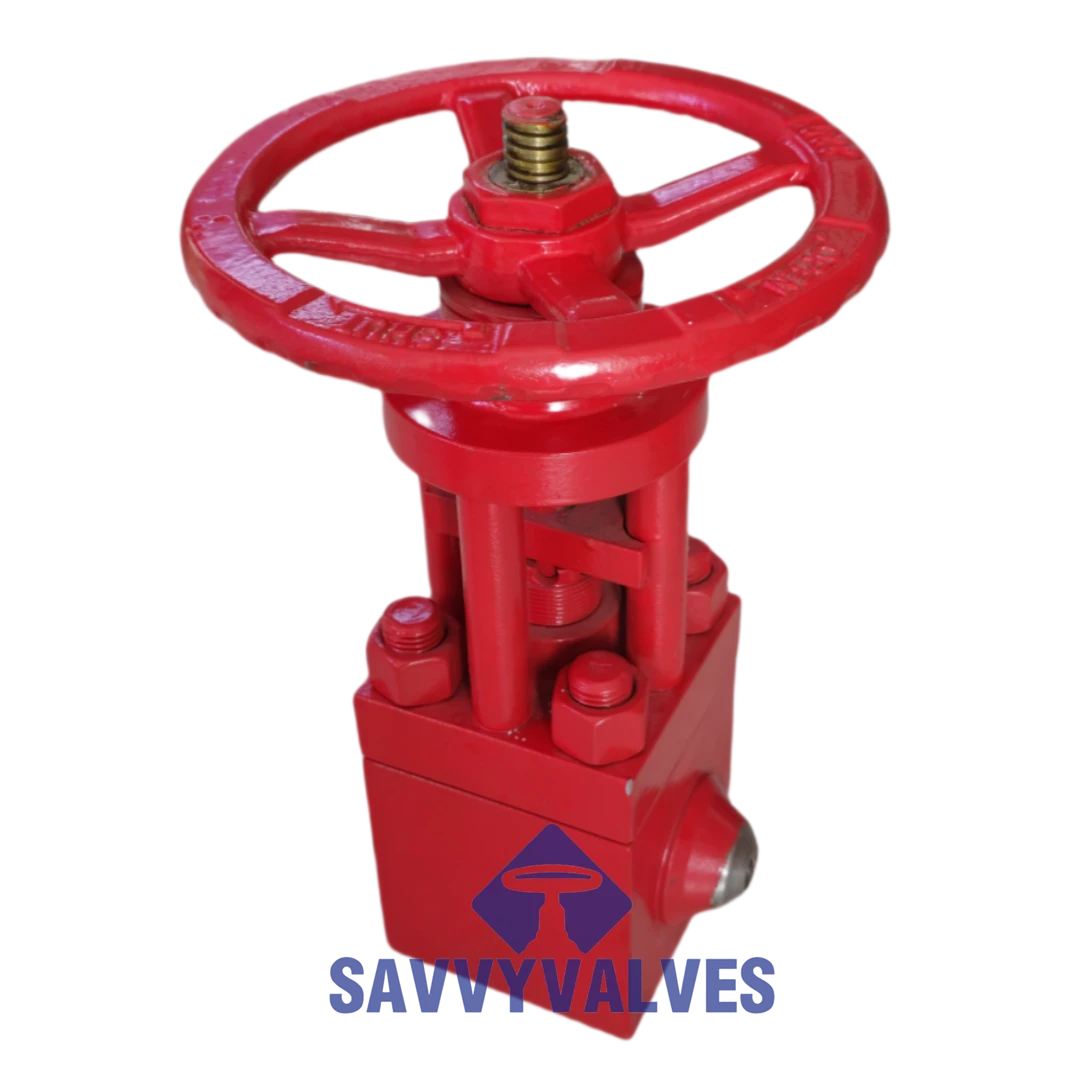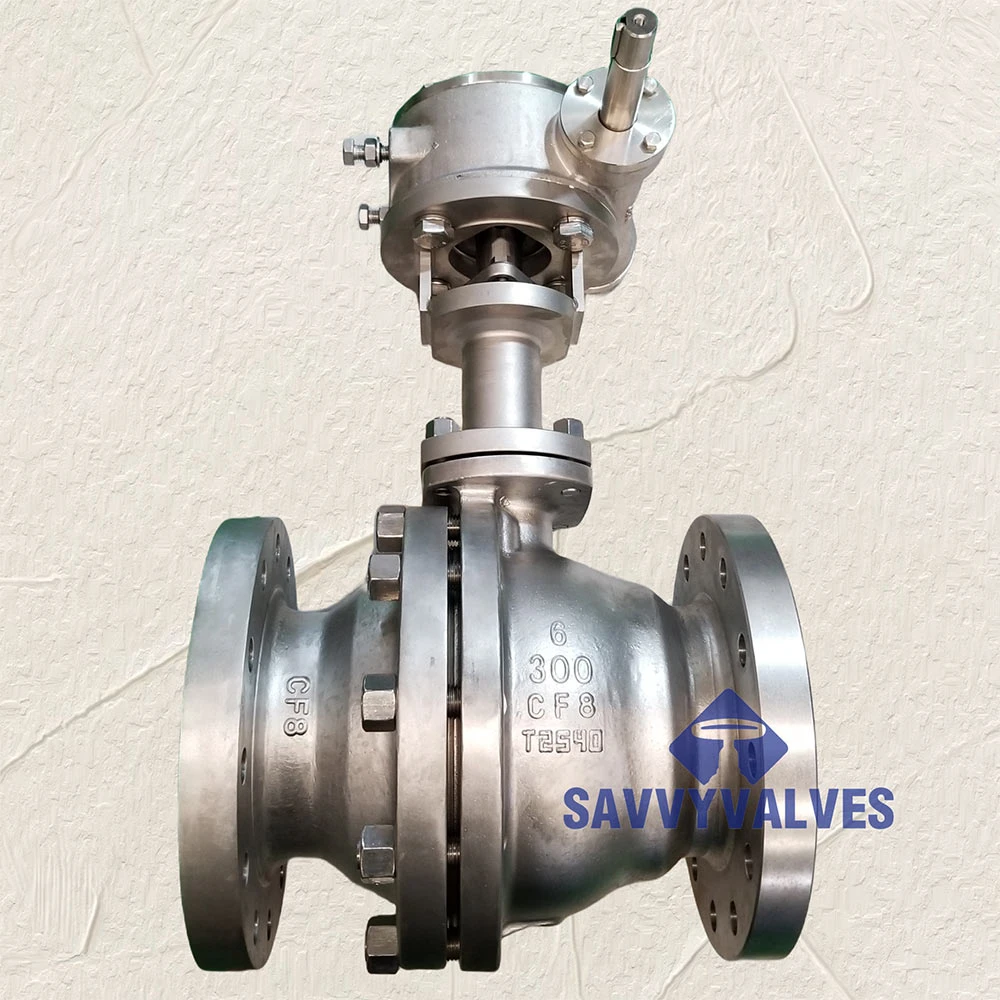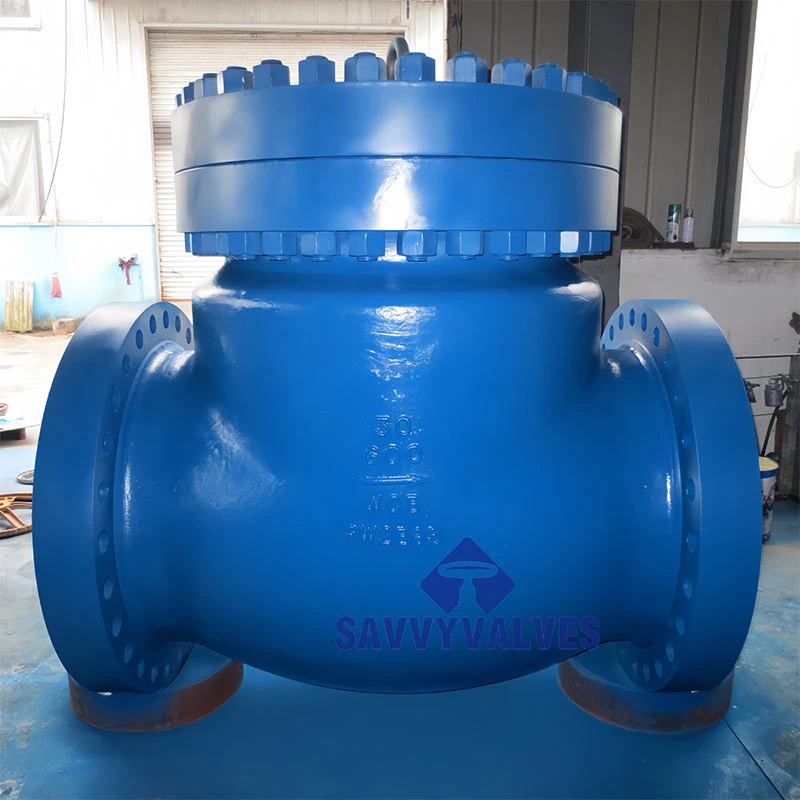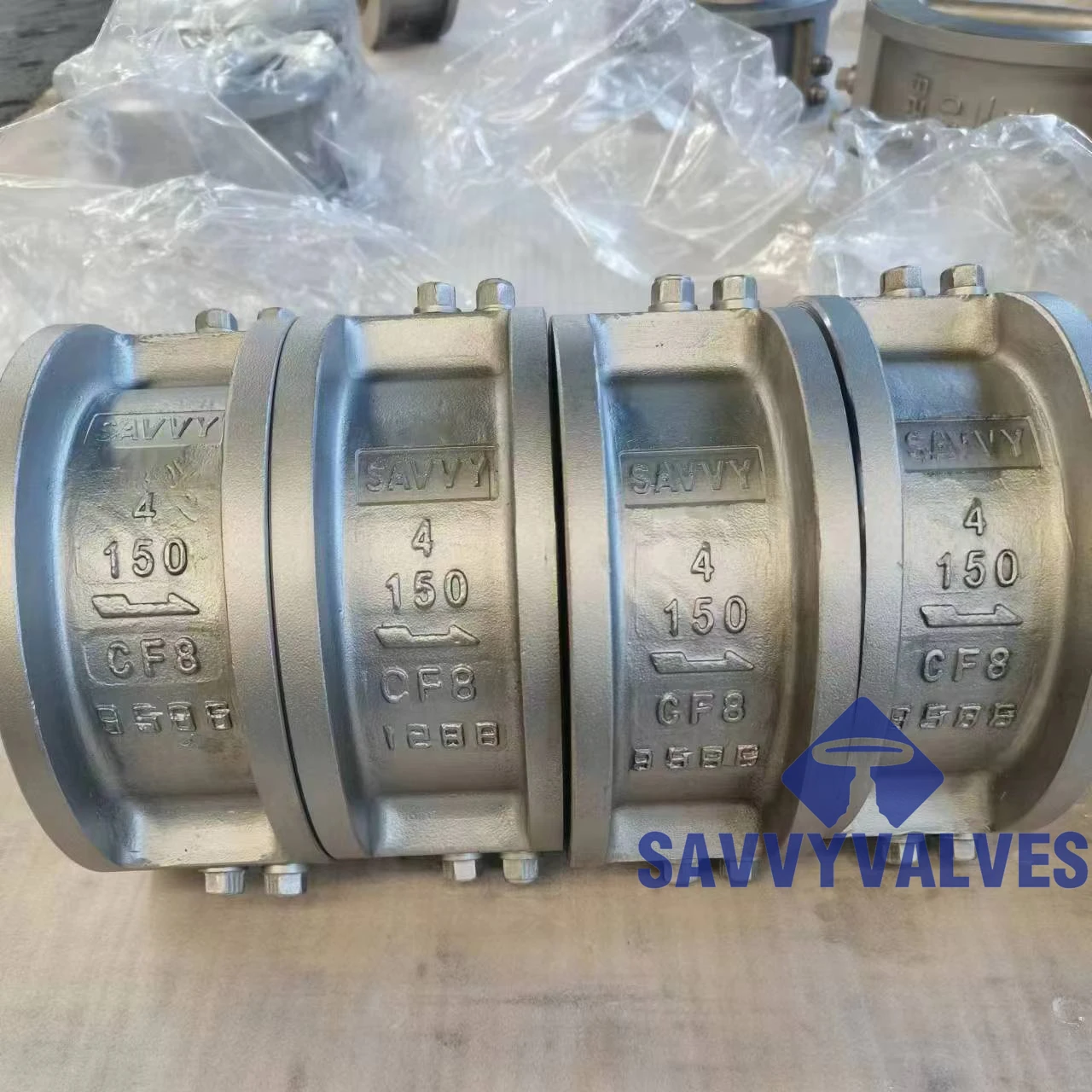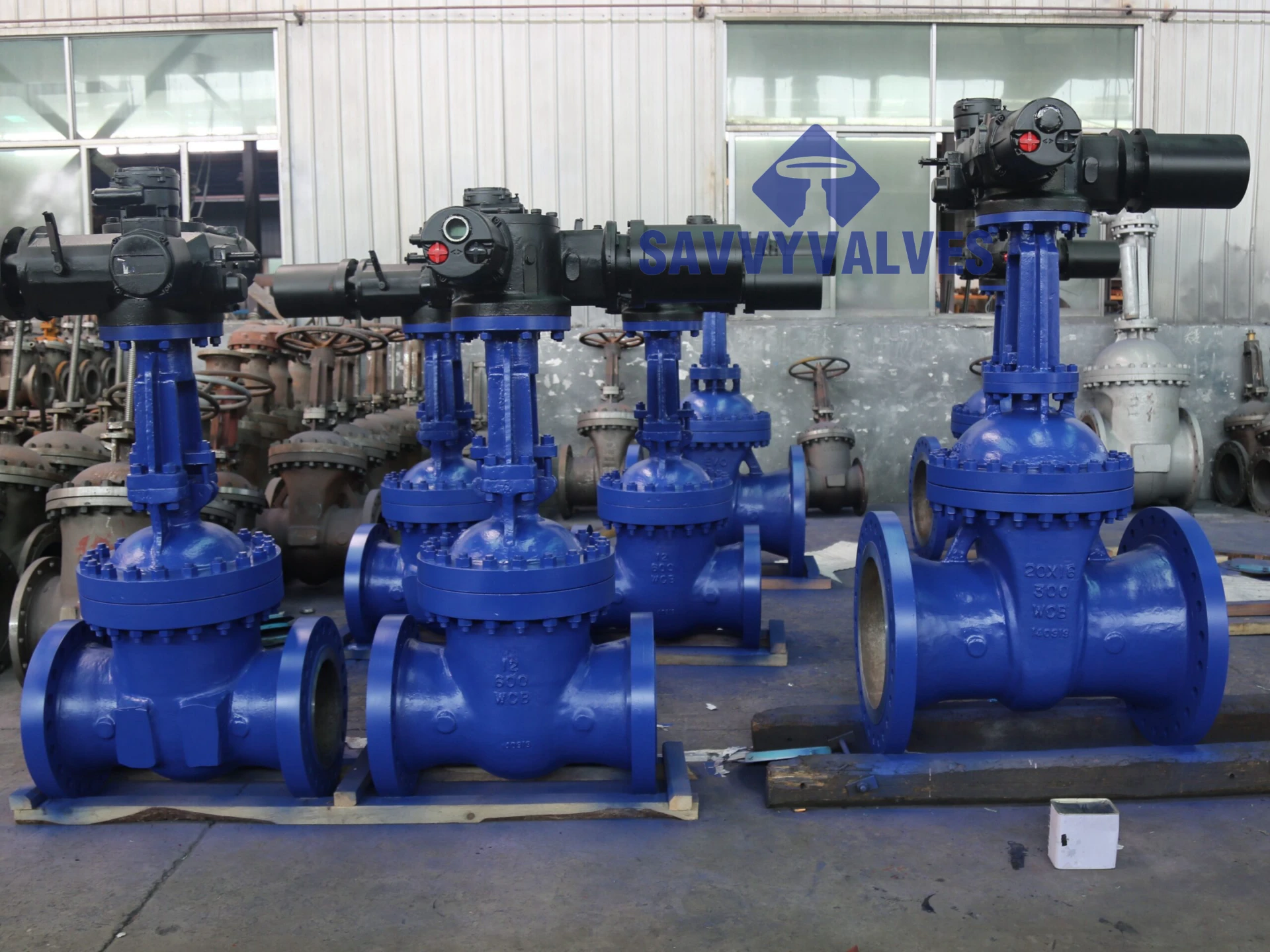1. Overview
A gate valve is a linear-motion valve that controls flow by raising or lowering a gate. Key features include:
- Full-bore design (unobstructed flow path, minimal pressure drop)
- Bidirectional sealing (can block flow from either direction)
- High-pressure resistance (forged steel valves up to PN420/Class 2500)
- Wide applicability (from cryogenic -196℃ to high-temperature 550℃)
2. Main Components
| Component | Description |
| Body | Cast (WCB/CF8) or forged (A105/F22); connections: flanged/buttweld/threaded |
| Gate | Wedge/parallel design; materials: SS (304/316), alloy steel (410), Monel |
| Seat | Stellite hard-faced or PTFE soft seal |
| Stem | Rising/non-rising stem; 17-4PH material; graphite packing with SS spring |
| Sealing Mechanism | Self-sealing/forced sealing; bellows seal for high-pressure applications |
| Actuation | Handwheel/gear-operated/electric/pneumatic (ISO 5211 compliant) |
3. Types
(1) By Gate Design
- Wedge Gate Valve
- Single gate: For standard temp/pressure
- Double gate: Auto-wear compensation for high temp/pressure
- Flexible gate: Prevents thermal deformation
- Parallel Slide Gate Valve
- Dual gates + spring load, ideal for steam systems
- Knife gate: Designed for slurries/sludge
(2) By Stem Movement
- Rising Stem: Stem moves vertically (visual position indication)
- Non-Rising Stem: Stem rotates only (space-saving)
(3) Special Types
- Slab Gate Valve: For pipelines (API 6D)
- Cryogenic Gate Valve: -196℃ treatment (LNG applications)
- Power Plant Gate Valve: Cr-Mo steel (P91/P92), high temp/pressure resistant
4. Specifications
| Parameter | Range | Notes |
| Size (DN) | DN15~DN1200 | Custom designs for larger sizes |
| Pressure Rating | PN10~PN420 (ANSI 150~2500) | Forged bodies up to Class 2500 |
| Temperature | -196℃~550℃ | Cr-Mo steel for high temp |
| Media | Water/steam/oil/acids | Hastelloy trim for corrosive media |
| Leakage Class | ANSI Class IV (metal seal) | Soft seal achieves Class VI |
| Operation Time | 30-60 sec for large electric valves | Gear operation: slower but easier |
5. Applications
① Oil & Gas
- Pipeline isolation (API 6D)
- Wellhead equipment (sour service carbon steel valves)
② Chemical
- Corrosive media (Hastelloy valves)
- High-pressure reactors (forged steel valves)
③ Power
- Boiler feedwater (high-temp Cr-Mo valves)
- Steam systems (parallel double-disc design)
④ Water Treatment
- Municipal supply (full-bore epoxy-coated)
- Wastewater (knife gate for clog prevention)
⑤ Specialized
- LNG cryogenic storage (austenitic SS valves)
- Ship ballast water (bronze for seawater resistance)
6. Selection Guide
| Application | Recommended Type |
| Water/gas (PN16) | Cast iron wedge gate + EPDM seal |
| High-pressure steam (PN100) | Forged parallel slide + Stellite |
| Corrosive media | Lined/Hastelloy trim |
| Cryogenic LNG (-196℃) | Cryo-treated austenitic SS |
| Slurries/solids | Knife gate (with scraper function) |
7. Pros & Cons
✔ Advantages
- Negligible flow resistance (full bore = pipe ID)
- Bidirectional sealing (no flow direction limitation)
- Superior high-pressure/temperature resistance
✖ Limitations
- Slow operation (multi-turn actuation)
- Unsuitable for throttling (gate erosion risk)
- Large installation height (especially rising stem)
8. Standards
- API 600: Petroleum gate valves
- API 603: Corrosion-resistant flanged valves
- ASME B16.34: Pressure-temperature ratings
- ISO 10434: Bolted bonnet valves for petroleum
9. Maintenance
- Lubricate stem threads quarterly
- Annual seal tests for high-pressure valves
- Bellows seals recommended for steam systems
Conclusion
Gate valves excel in full-bore, high-pressure, and bidirectional sealing applications, making them ideal for critical isolation services. Proper selection based on media properties (corrosion/temperature/solids) and operation frequency is essential. For power plants and petrochemical facilities, API-compliant forged steel gate valves ensure long-term reliability.

